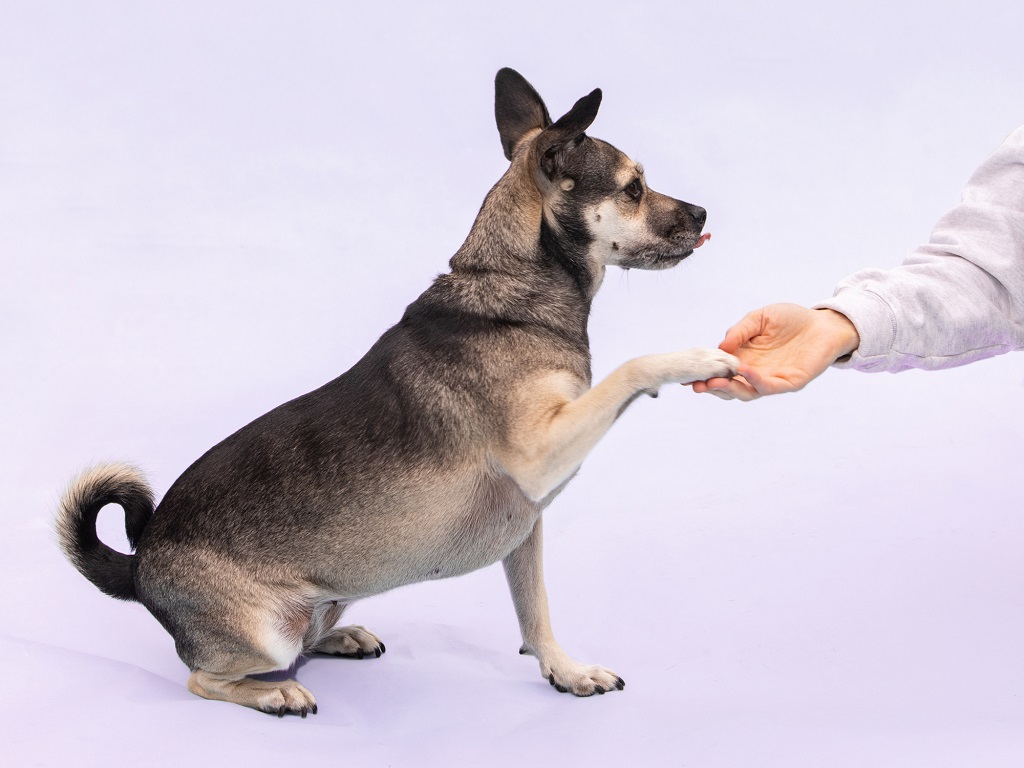Dogs come in all shapes, sizes, and personalities. From the playful Labrador Retriever to the independent Shiba Inu, each breed boasts unique traits and tendencies. Understanding these differences is crucial for effective dog training. A “one-size-fits-all” approach simply won’t cut it.
This article delves into the various training methods available and explores their effectiveness for different dog types. Whether you’re a new puppy parent or looking to refine your existing training approach, this guide will equip you with valuable insights for a successful and rewarding experience.
Understanding Training Methods
There are several popular dog training methods, each with its strengths and weaknesses. Here’s a brief overview:
- Positive Reinforcement: This method rewards desired behaviors with treats, praise, or toys. It’s considered the most humane and effective approach, promoting a positive association with training.
- Clicker Training: A sub-category of positive reinforcement, clicker training uses a clicking sound to mark the exact moment a desired behavior occurs. This precise timing enhances the effectiveness of the reward.
- Dominance-Based Training: This traditional method focuses on establishing dominance over the dog through corrections and alpha rolls (now widely discouraged by animal behaviorists). It can lead to fear, anxiety, and aggression in dogs.
- Electronic Training Collars: These collars use electric shocks or vibrations to deter unwanted behavior. While some find them effective, they can cause anxiety and pain in dogs. Ethical concerns and the potential for misuse are significant drawbacks.
Matching the Method to the Breed
Now that we’ve explored the different training methods, let’s delve into how breed-specific traits influence the optimal approach:
1. Working and Herding Dogs
These intelligent, energetic breeds (e.g., Border Collies, German Shepherds) thrive on mental stimulation and challenges. Training methods that utilize positive reinforcement and clear commands are highly effective.
- Positive Reinforcement: Rewarding desired behaviors keeps these dogs engaged and eager to please.
- Clicker Training: The precise timing of the clicker can be particularly helpful for these breeds, known for their sharp focus.
- Dominance-Based Training (Avoid): These intelligent dogs don’t respond well to forceful methods and may become frustrated or resistant.
2. Sporting and Hound Dogs
Bred for specific tasks like hunting or retrieving, these breeds (e.g., Labrador Retrievers, Beagles) are generally eager to please and highly food-motivated.
- Positive Reinforcement: Food rewards are particularly effective motivators for these dogs.
- Clicker Training: This can be useful for precise timing, especially during retrieving or tracking exercises.
- Dominance-Based Training (Avoid): Can damage the bond and trust with these handler-oriented breeds.
3. Terrier and Toy Breeds
These independent and sometimes stubborn dogs (e.g., Jack Russell Terriers, Yorkshire Terriers) require patience and creativity in training.
- Positive Reinforcement: Essential for building trust and motivation, especially with independent breeds.
- Clicker Training: This can help capture desired behaviors quickly, but may require more patience with these independent thinkers.
- Dominance-Based Training (Strongly Avoid): These breeds often react poorly to forceful methods, leading to stubbornness or aggression.
4. Giant and Guardian Breeds
These gentle giants (e.g., Great Danes, Saint Bernards) require early socialization and positive training methods to manage their size and strength.
- Positive Reinforcement: Essential for building a strong bond and encouraging desired behaviors.
- Clicker Training: This can be helpful for precise timing and rewarding subtle behaviors in these large dogs.
- Dominance-Based Training (Avoid): Ineffective and potentially dangerous with large breeds; positive reinforcement fosters trust and control.
Additional Considerations Beyond Breed
While breed is a significant factor, it’s not the only one. Here are some additional considerations:
- Age: Puppies require short, positive training sessions with frequent rewards. Older dogs may learn more slowly but benefit from consistency.
- Temperament: Shy dogs may need extra patience and gentle encouragement, while high-energy dogs may require outlets for their energy through engaging training routines.
- Medical Conditions: Certain medical conditions may impact a dog’s learning ability or behavior. Consult your veterinarian if you suspect any underlying issues.
Related: Feeding Bananas to Dogs – What You Need to Know
Conclusion
Understanding your dog’s breed, personality, and individual needs is key to choosing the most effective training method. Positive reinforcement remains the gold standard, building trust and a strong bond between you and your furry companion. Remember, patience, consistency, and positive reinforcement are the cornerstones
of successful dog training. By tailoring your approach and celebrating your dog’s successes, you’ll cultivate a happy, well-behaved canine companion.
Beyond Training Methods: Building a Well-Rounded Dog
Effective training goes beyond basic commands. Here are some additional tips for raising a well-rounded dog:
- Socialization: Expose your dog to different people, animals, and environments from a young age. This helps them become comfortable in various situations and reduces the risk of fear-based behaviors.
- Mental Stimulation: Provide your dog with mental challenges through puzzle toys, scent work, or obedience training. This keeps them engaged and prevents boredom-induced behavior problems.
- Exercise: Regular exercise is crucial for all dogs, both for physical health and mental well-being. Tailor the amount and intensity of exercise to your dog’s breed and age.
- Professional Help: If you’re facing significant training challenges, don’t hesitate to seek help from a certified professional dog trainer. They can provide personalized guidance and support.
Remember, communication and a positive relationship are the true foundations of successful dog training. By understanding your dog’s unique needs and utilizing positive reinforcement methods, you can create a lifetime of love, loyalty, and companionship with your canine friend.





